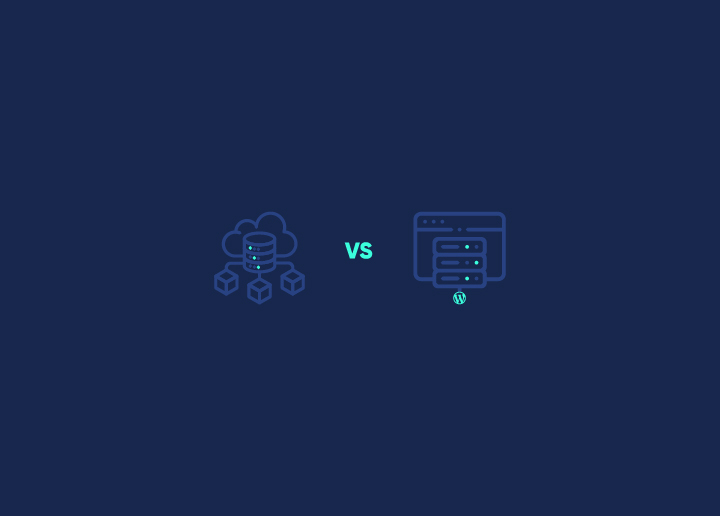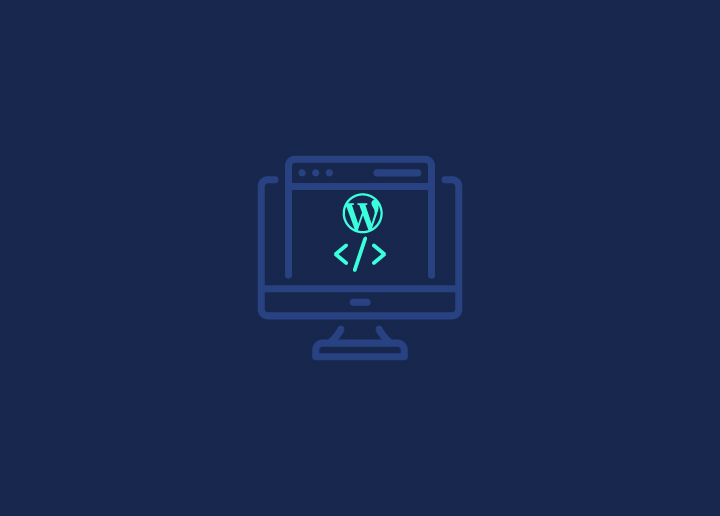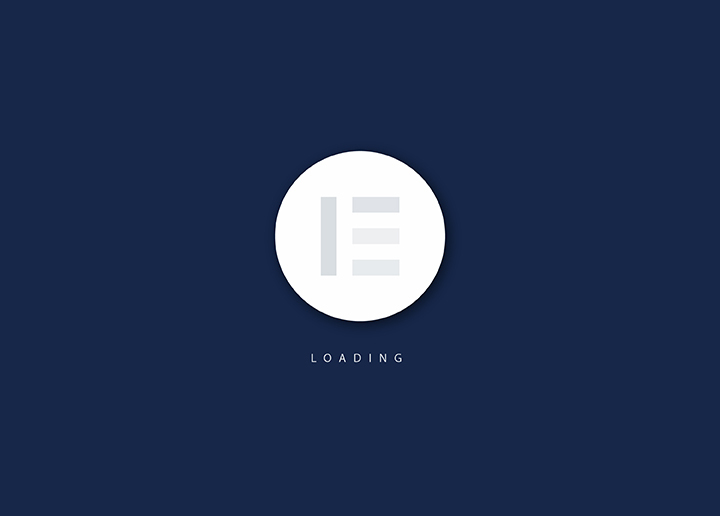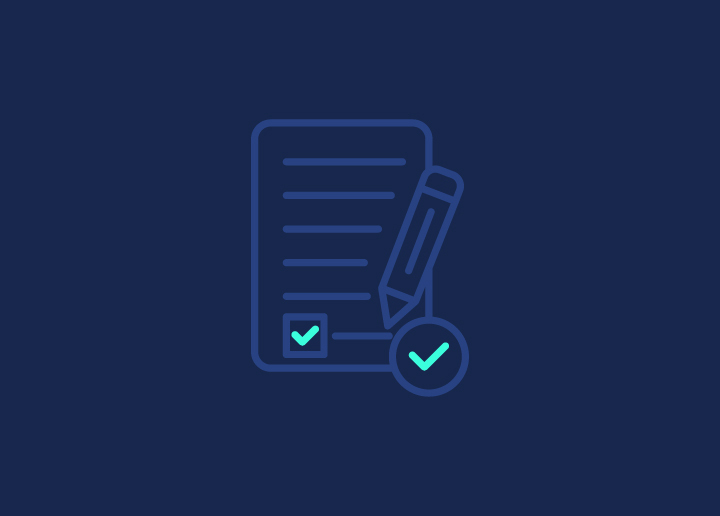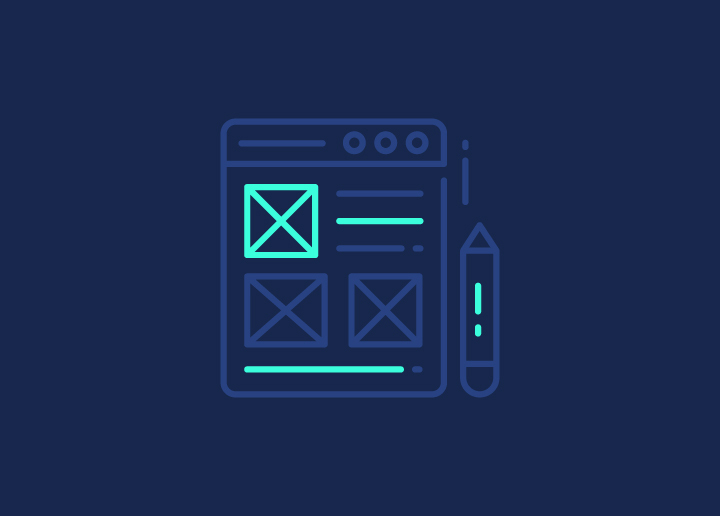A website design RFP for WordPress is a document that outlines a business’s requirements, goals, and scope for a new or redesigned website. It is a comprehensive guide for web design agencies to understand the project’s objectives, budget, and timeline. Businesses need an RFP to ensure potential vendors provide tailored proposals for WordPress custom design that meet their specific needs. This enables an informed decision-making process for selecting the most suitable agency. Additionally, an RFP promotes transparency, facilitates clear communication, and establishes a baseline for evaluating and comparing proposals from multiple agencies.
In this article, we’ll explore the world of website design and redesign RFPs, uncovering the secrets to crafting a compelling document that will attract the best agencies and ensure your design goals are met with flying colors.
Contents
ToggleWhat Makes Up a Website Design Request for Proposal

A website design RFP is a communication tool to attract and evaluate potential vendors, ensuring a seamless and successful procurement process. A well-crafted website design request for proposal (RFP) typically includes the following key elements:
- Introduction and Background
- Project Objectives and Goals
- Behaviorally Targeted Audience and User Personas
- Scope of Work and Technical Requirements
- Design and Functionality Specifications
- Content Management System (CMS) Requirements
- Integration and Third-Party Tools
- Timeline and Milestones
- Budget and Pricing Structure
- Selection Criteria and Evaluation Process
Also Read: The Complete Guide To Hiring A CMS Developer
The same core components can be adapted for various use cases, such as:
- Web Development RFP
- RFP for Software Development
- Digital Marketing RFP
- Mobile App Development RFP
- RFP for SEO
- RFP for IT Services
- RFP for eCommerce Solutions
- Branding RFP
- Social Media RFP
Learn More: 9 Social Media Strategies For Your Small Business
By tailoring the specifics within each section to align with the project’s unique requirements, businesses can create a comprehensive RFP that effectively communicates their needs to potential vendors, ensuring a streamlined and successful procurement process.
Need Spick and Span Web Design for Your WordPress Site?
Let our creative team customize your web design to your brand voice and unique business values.
Step-by-Step Guide to Creating Your First RFP

Explore the fundamentals of crafting your inaugural Request for Proposal (RFP) in our detailed step-by-step guide. Navigate through each stage seamlessly as you embark on this essential process.
Introduce Your Company
Starting the RFP process with a clear introduction about your brand is crucial for businesses. This initial step gives potential vendors essential insights into your company’s identity, values, and objectives. By briefly outlining why you’re seeking a new website design and what the project entails, you set the stage for effective collaboration.
Moreover, a well-crafted introduction helps streamline the vendor selection process. By providing a brief overview of your company and project goals, vendors can assess whether they have the expertise and resources to meet your needs. This saves both parties valuable time and resources by ensuring alignment from the outset.
Also Read: Outsourcing WordPress Maintenance Tasks to Maximize Efficiency
State Your Budget
Deciding how much money you can spend is a big part of your RFP. It helps vendors know if they can do the job within your budget. The cost of your website depends on things like how skilled the team is, how much the agency charges per hour, and if you want a custom or template website.
You can also look at blogs, forums, or reviews to see what others paid for similar projects. This helps you figure out how much your website might cost. Setting a budget that fits your needs allows you to find the right vendor for your project without any surprises.
Specify Your Project’s Timeframe
Setting a clear timeframe and launch date for your website project helps vendors know if they can finish the job on time. It also keeps everyone on track and ensures tasks get done correctly. Make sure to include time for reviewing and approving work.
Read More: How to Convert Adobe XD Design to WordPress Website?
Here are the critical deadlines to include in your RFP:
- RFP Release Date: Tell vendors when you released the RFP so they know how recent it is.
- Response Deadline: Let vendors know when you need their RFP response by.
- Vendor Selection Date: Give vendors a date when they can expect to hear back from you about your decision.
- Project Kickoff: Tell vendors when you want to start the project.
- Desired Launch Goal Date: Set a realistic date for when you want your website to launch. Depending on their complexity, websites usually take 14 to 18 weeks to complete.
Define Your Goals

Deciding what you want your website to do is a big part of planning. It helps vendors understand what kind of work you need and how big the job is.
You can list your primary goal, like getting more people to buy your products or learn about your services. You can also list other goals, such as making more people know about your brand or improving your website so more people visit it. Some goals might involve getting people to click around more and spend time on your site.
Gain More Insights: The Role of Social Proof in WordPress Design
Provide Website Examples and Inspiration
Show vendors what you like by sharing examples of websites you admire. Pick five websites you like and include their web addresses (URLs). Also, mention what you like about each website.
You can also mention competitors’ websites to give vendors an idea of what other sites are like in your industry.
Define Your Target Audience
Before you start making your website, knowing who you’re making it for is key. Your website needs to meet the needs of your audience so they stay interested and maybe even buy something.
Include user personas and demographics in your request to ensure vendors know who your audience is. This means adding details about things like what they like to buy or read.
Include Your Web Design Wishlist
Describe the features you want your website to have. Start with the essentials, things you must have. Then, add things you’d like if there’s enough time and money.
Here are some features you might want:
- Easy-to-find contact information: Make sure visitors can see how to reach you.
- Sticky navigation: Keep the menu at the top of the page when people scroll.
- On-brand colors, fonts, and pictures: Use colors, fonts, and images that match your business’s style.
- Engaging and relevant content: Put exciting and valuable things on your website for visitors to read and look at.
- SEO strategy: Make sure your website appears when people search for things related to your business.
More Insights: Complete SEO Checklist (Infographic Guide)
- Social proof: Show that other people like your business, like testimonials from happy customers or being mentioned in the media.
- Live chat: Let people immediately talk to you if they have questions.
- “About Us” page: Have a page that tells visitors about your business, who you are, and what you do.
Set Your Criteria for Vendor Selection
In this section of your RFP, you will outline the criteria you will use to choose the vendor for your project.
You’ll consider factors like the vendor’s expertise, experience, portfolio of past work, capabilities, and relevant projects they’ve completed.
Clearly defining your selection criteria helps you identify vendors who meet your specific needs and preferences, ensuring a successful partnership.
Detail Your RFP Submission Requirements
Let’s discuss what you need from the companies interested in working on your website. You’ll explain what you want them to send you and how they should do it, usually by email.
Here’s what you might ask for:
- The company’s name, email, address, website, and how to contact them.
- How long has the company been around, how many people work there, and do they have any special awards or certifications?
- An estimate of how long they think it will take to finish your project.
- People who’ve worked with them can say they did well.
- Some of the best projects they’ve worked on are similar to yours, with links to show their work.
Website Design RFP vs Website Redesign RFP
When soliciting proposals for web development projects, understanding the nuances between a Website Design Request for Proposal (RFP) and a Website Redesign RFP is crucial. Each serves distinct purposes in the lifecycle of a website, catering to different needs and objectives.
Read More: Best Website Redesign Services
Differences:
- Scope: Website Design RFP focuses on creating a new website from scratch, while Website Redesign RFP seeks proposals for overhauling an existing website.
- Requirements: A design RFP often involves defining brand identity, user experience (UX), and initial content creation, whereas a Redesign RFP may emphasize improving existing features, updating content, and enhancing functionality.
- Timeline: Design RFPs generally allow more flexibility as they start with a clean slate. Redesign RFPs often have tighter timelines due to the need to work within the constraints of an existing website structure.
- Budget Allocation: Design RFPs might allocate more resources towards conceptualization and initial development, while Redesign RFPs might prioritize troubleshooting, optimising, and integrating existing assets.
- Stakeholder Involvement: Design RFPs may involve more stakeholders from the outset to establish brand vision and direction, whereas Redesign RFPs may require close collaboration with current website managers and users to address pain points and improve functionality.
Read More: Why is Bad UX a Nightmare for Your Business? (And How to Fix It)
Benefits of Creating Website Design RFPs

Creating Website Design RFPs for every design requirement offers businesses numerous advantages, enhancing project clarity, vendor selection, cost-effectiveness, and project management efficiency.
- Streamlined Communication: RFPs ensure clear communication of project requirements, minimizing misunderstandings and fostering productive collaboration between businesses and vendors.
- Vendor Selection: With RFPs, businesses can evaluate vendors based on their proposals, portfolios, and capabilities, ensuring the selection of the most qualified and suitable partner for each project.
- Cost Transparency: RFPs enable businesses to obtain detailed cost estimates from vendors, facilitating budget planning and ensuring transparency in pricing, preventing unexpected expenses during project execution.
- Quality Assurance: By specifying project objectives, deliverables, and quality standards upfront, RFPs help businesses ensure that vendors meet their expectations and deliver high-quality results consistently.
Read More: Enhanced Quality Assurance for WordPress Website Checklist
- Efficiency and Consistency: Standardizing the RFP process for every design requirement promotes efficiency and consistency in project management, allowing businesses to streamline workflows and achieve better outcomes across all projects.
Conclusion
In conclusion, crafting a Website Design RFP is a strategic step towards ensuring successful web development projects. It offers businesses a roadmap for clear communication, efficient vendor selection, transparent budgeting, and consistent project management. By leveraging the benefits of RFPs for every design requirement, businesses can confidently navigate the procurement process, setting the stage for impactful website creations that align with their goals and vision.








